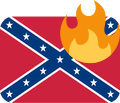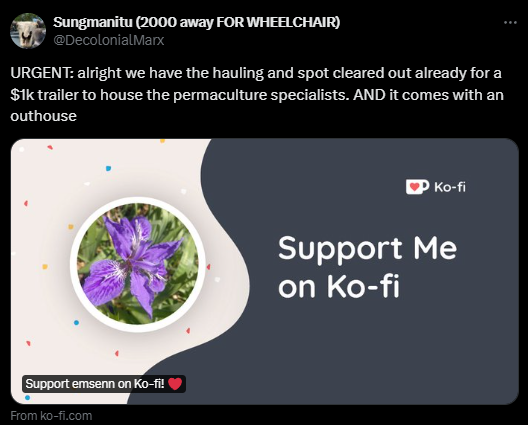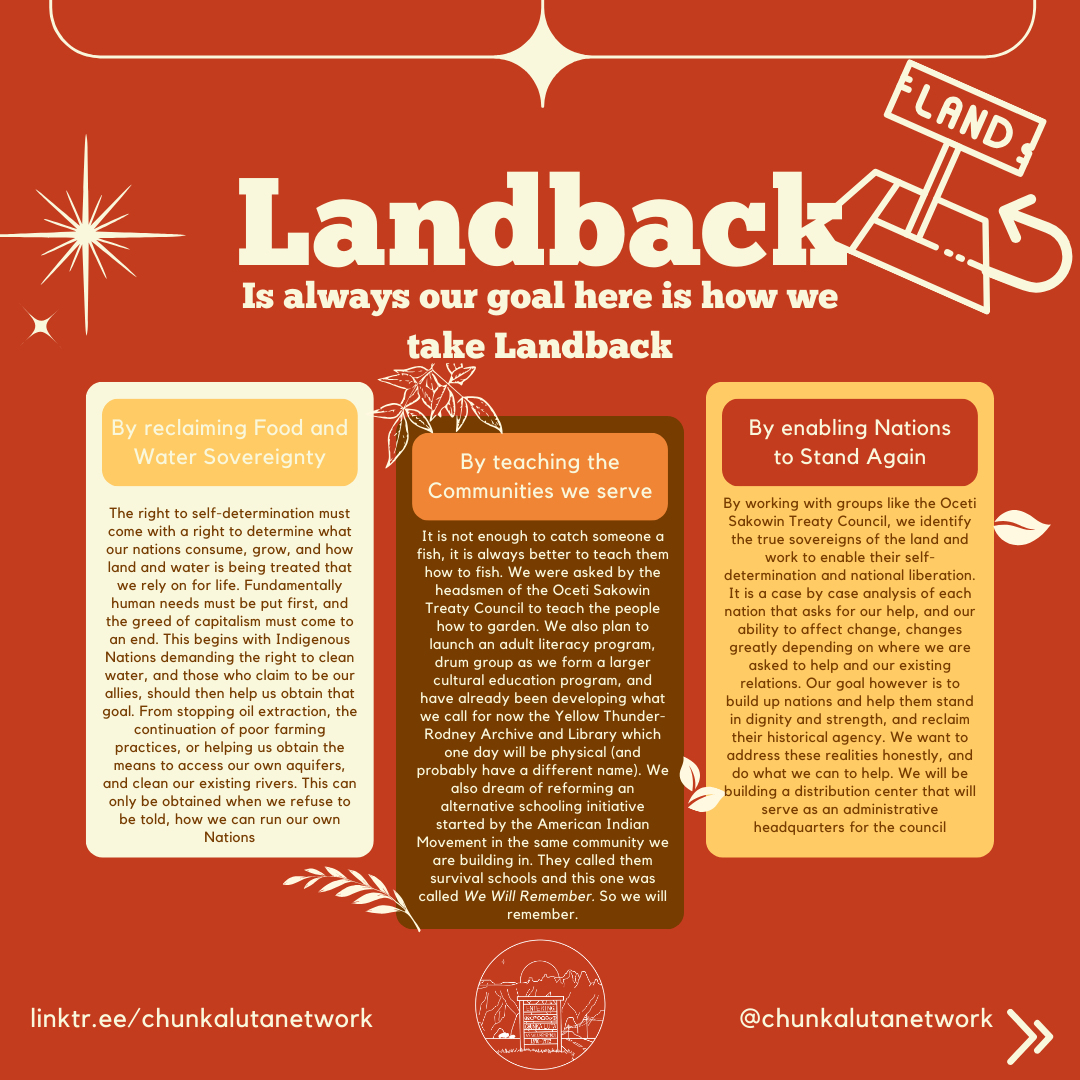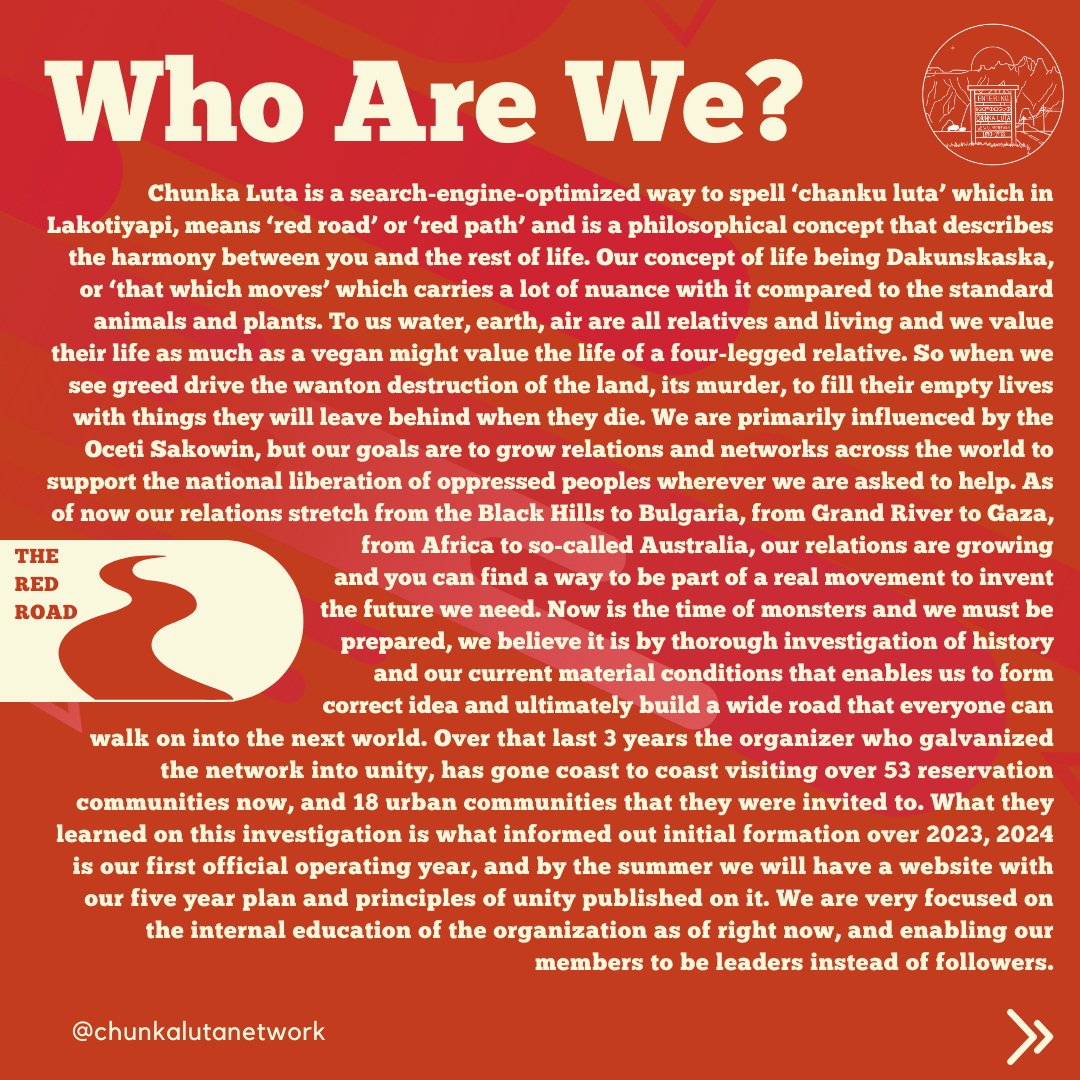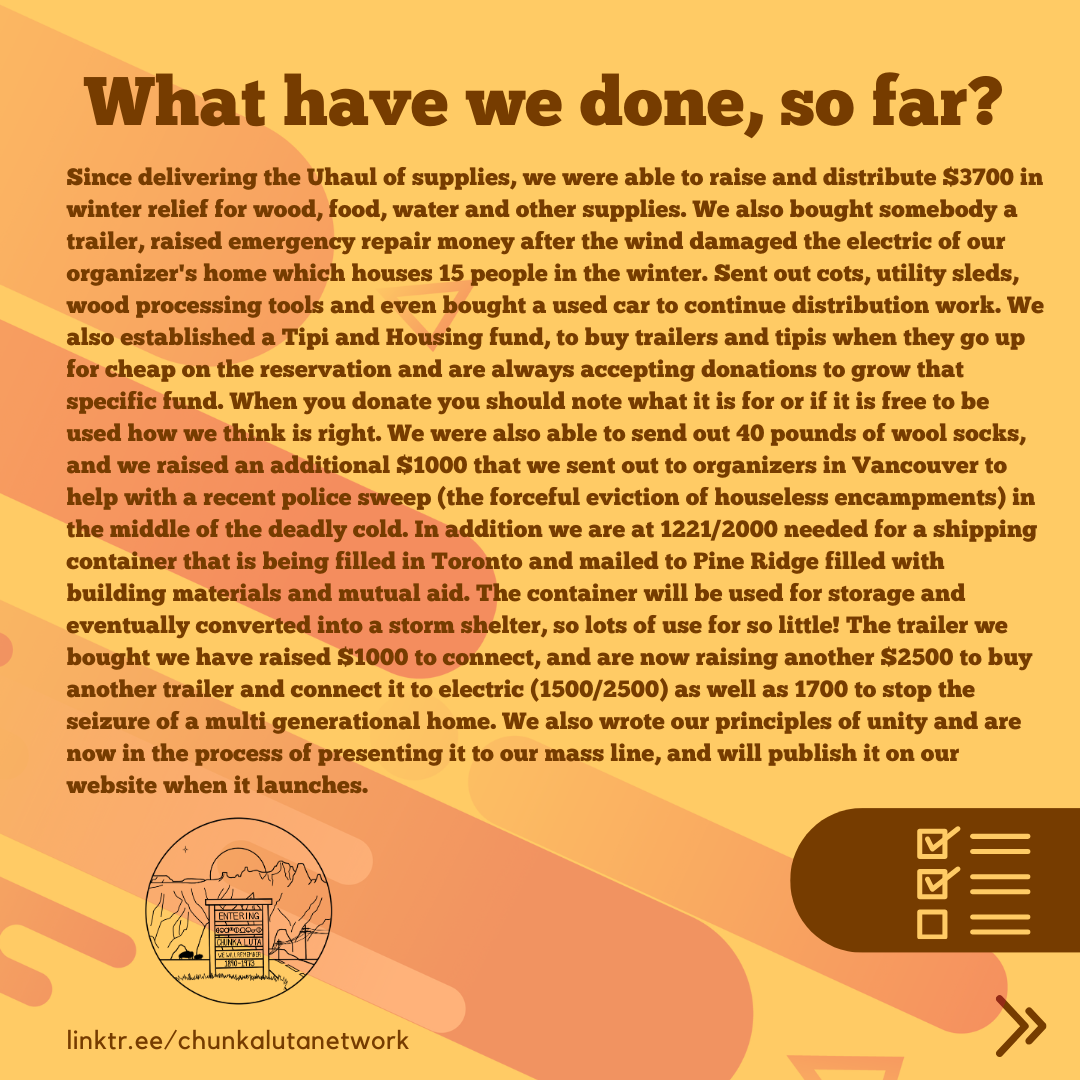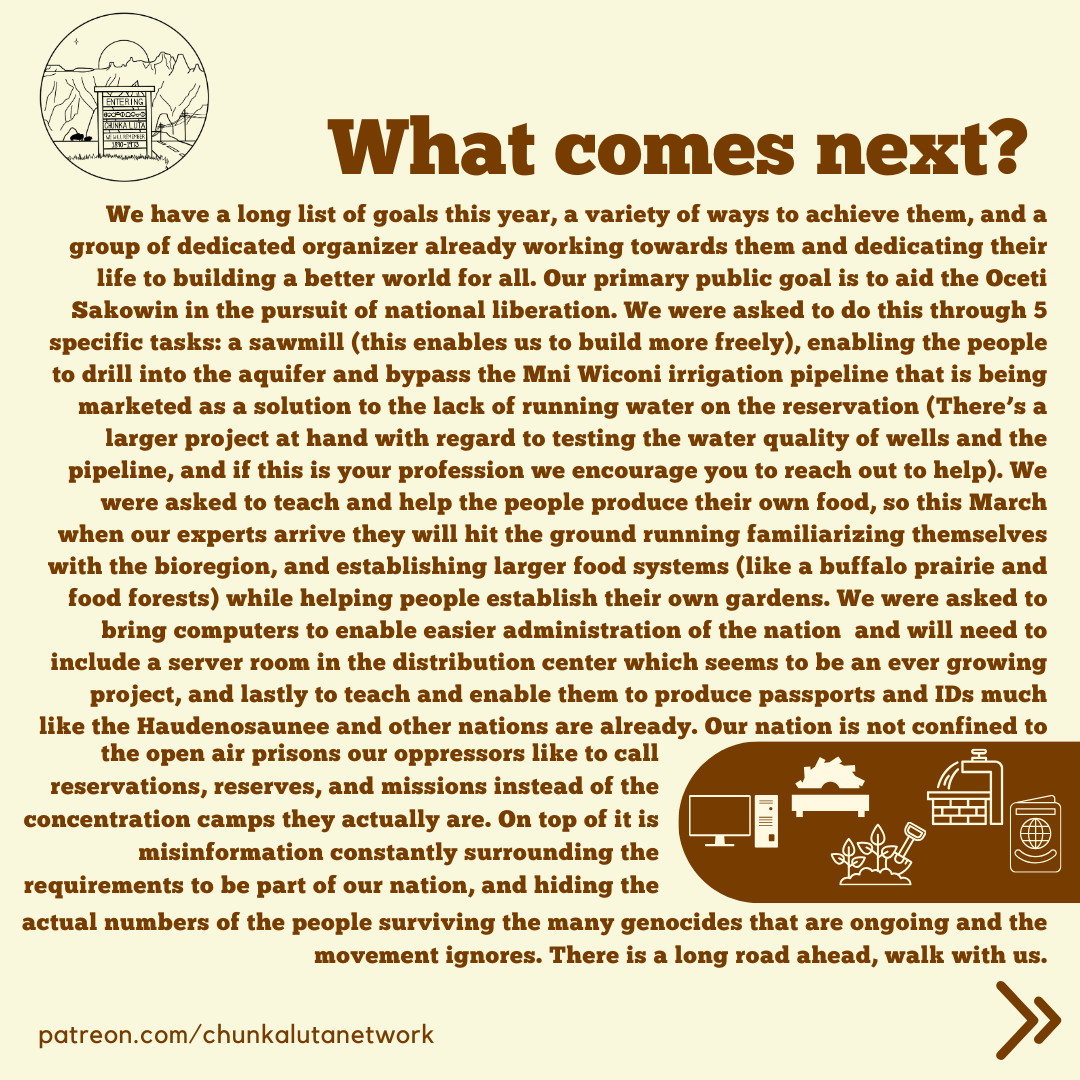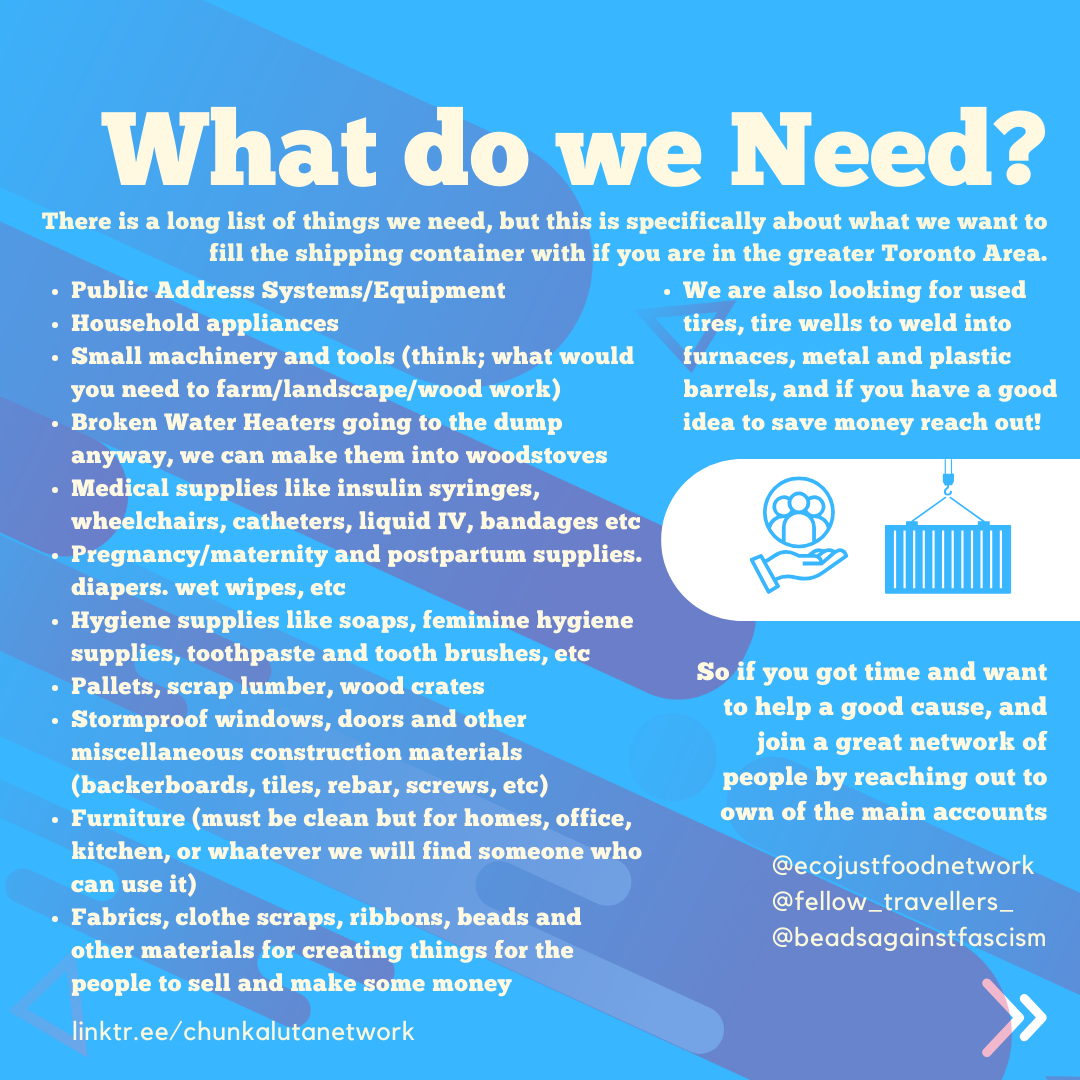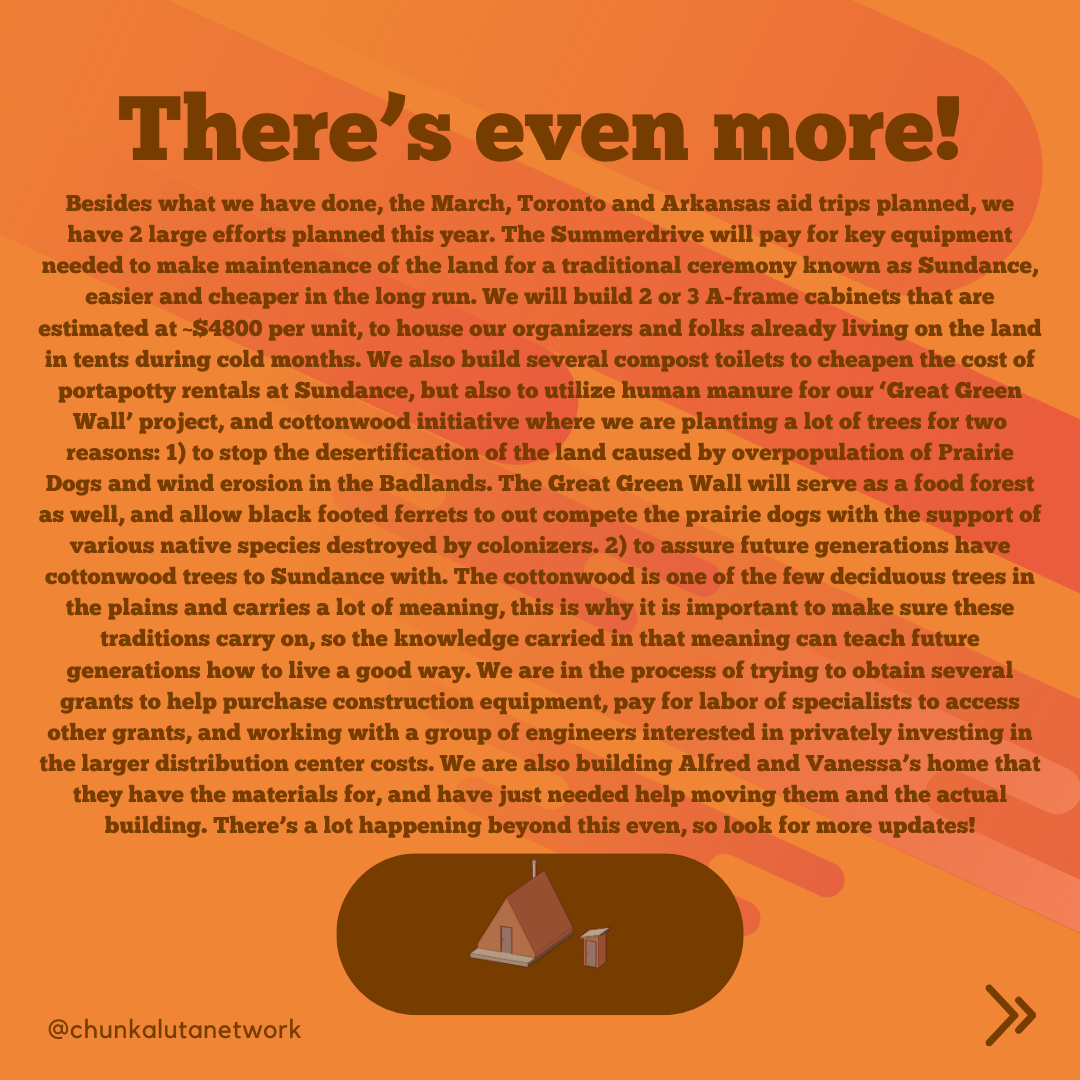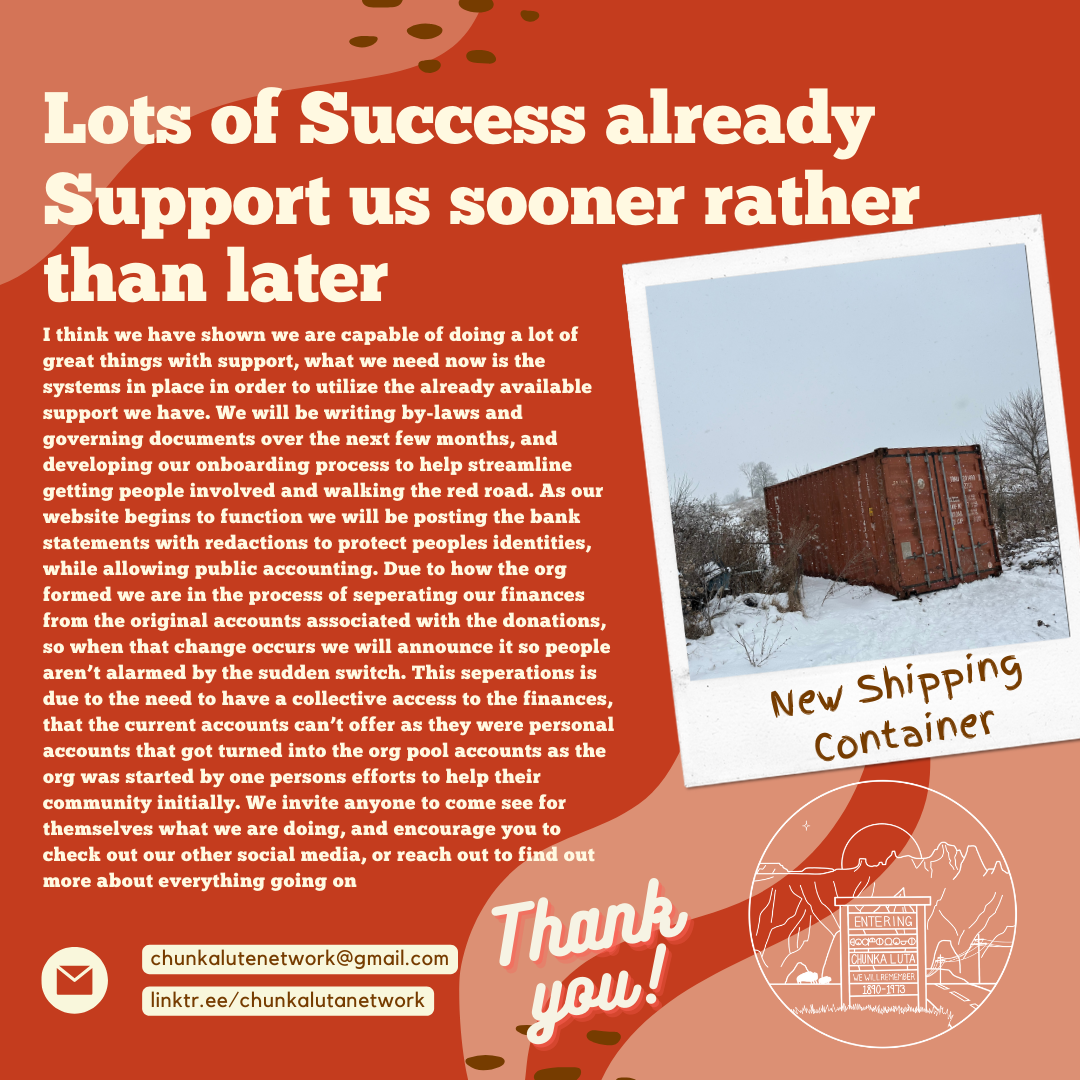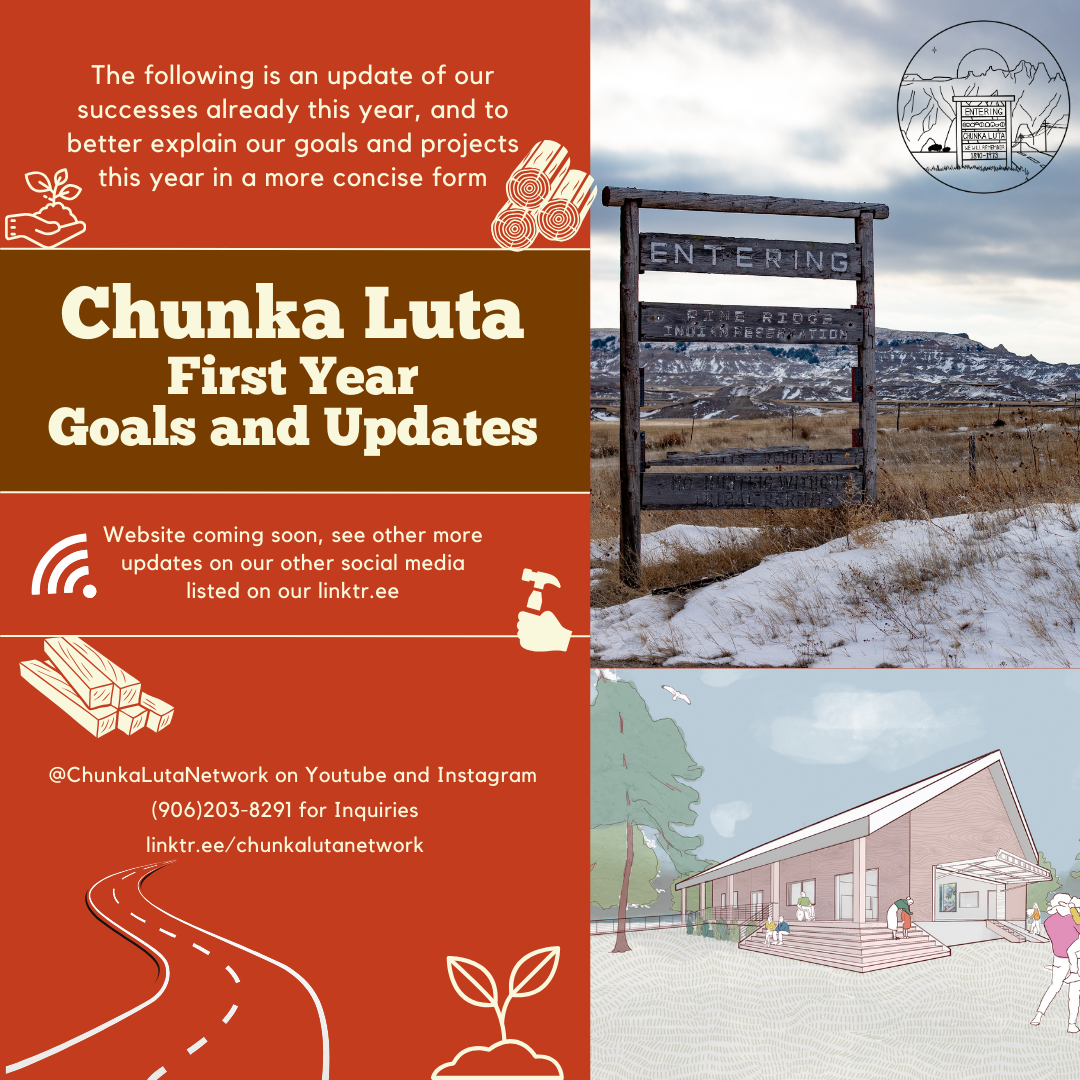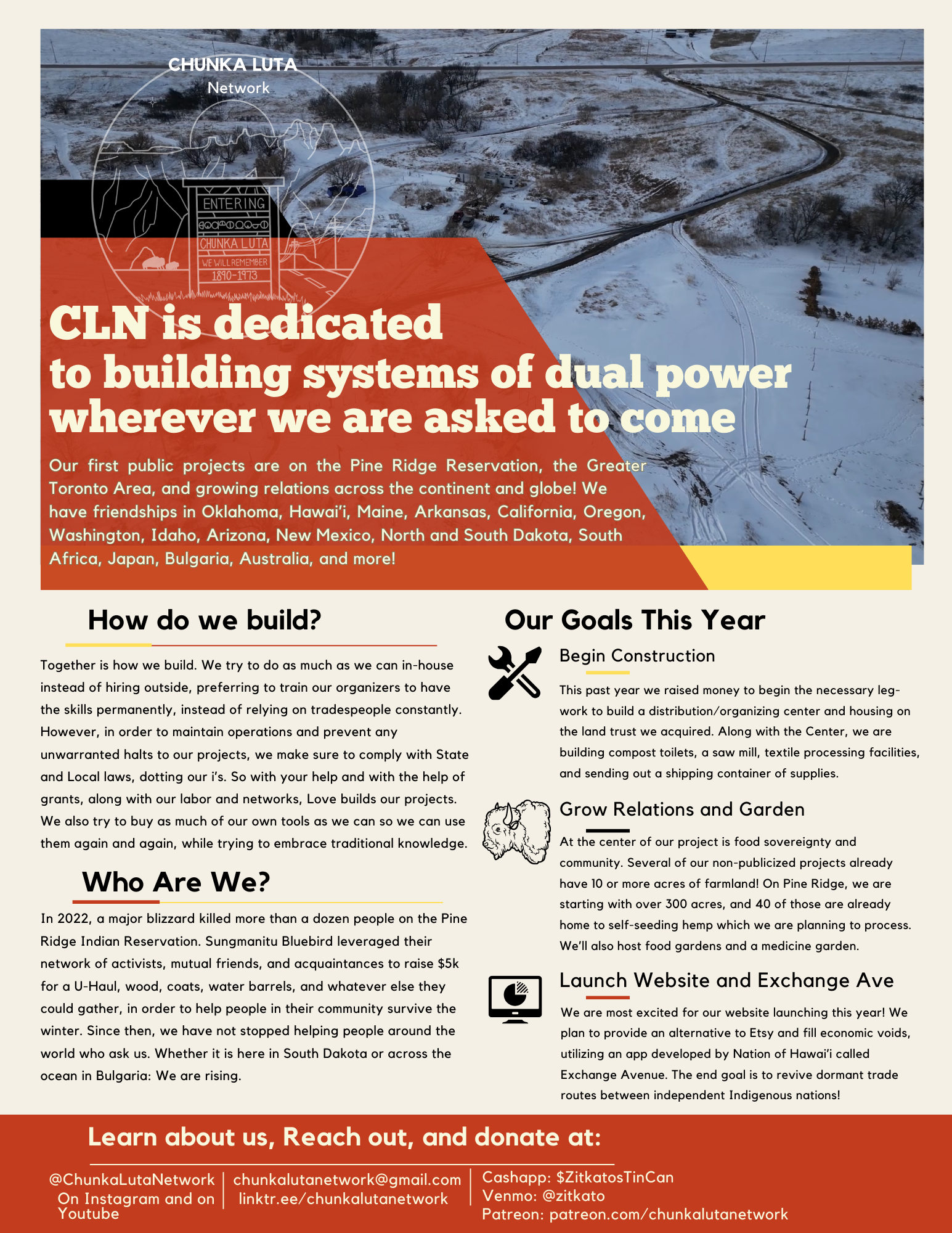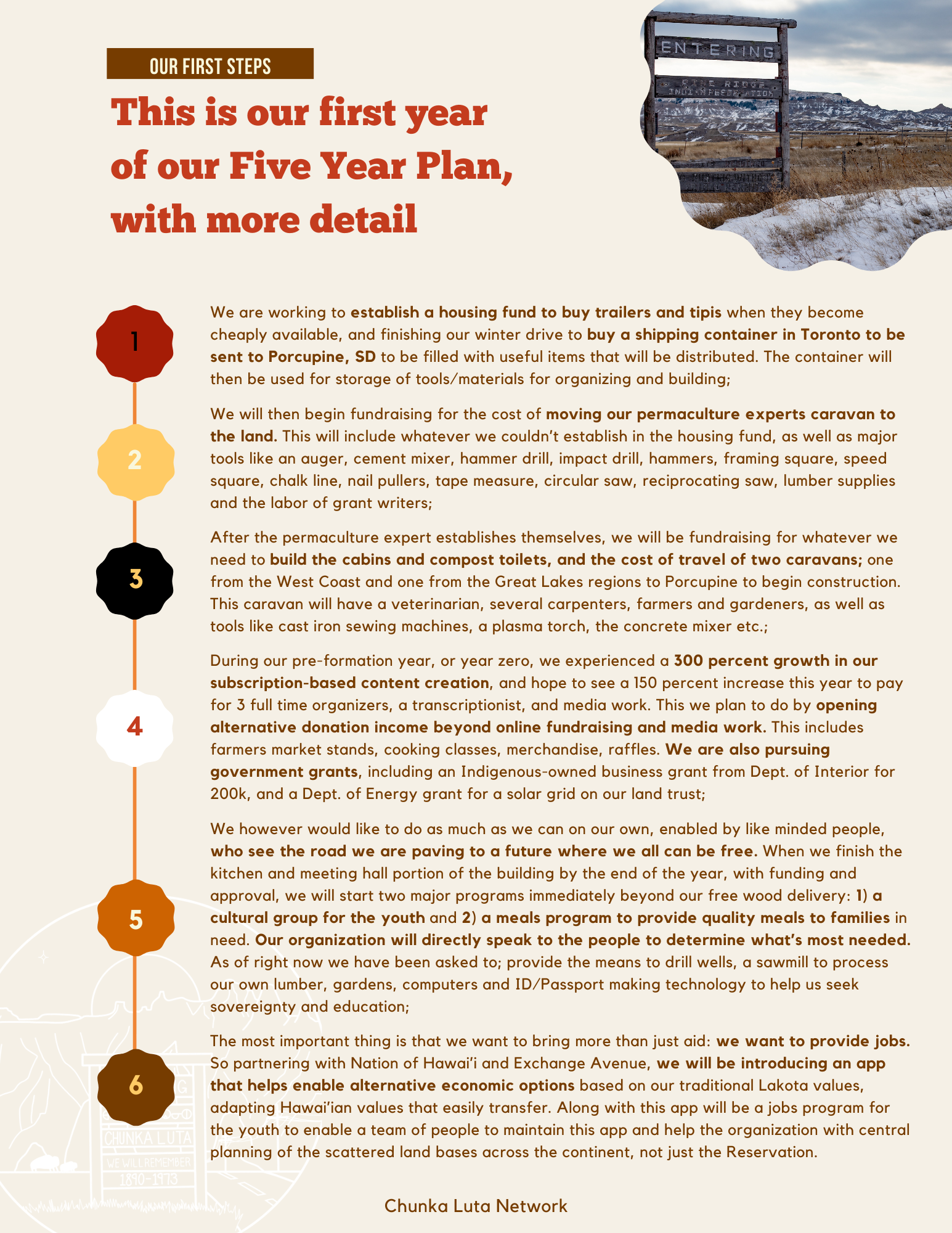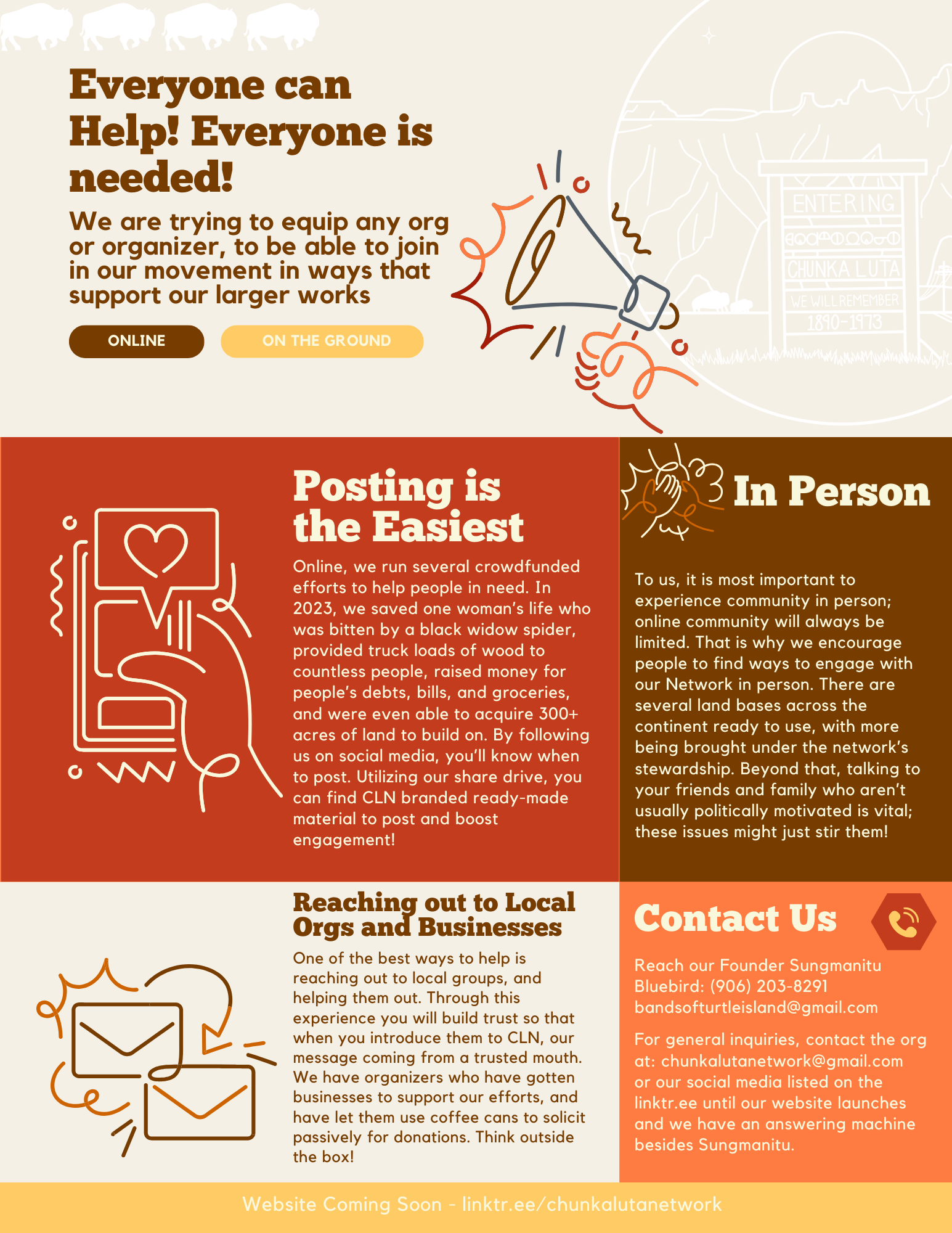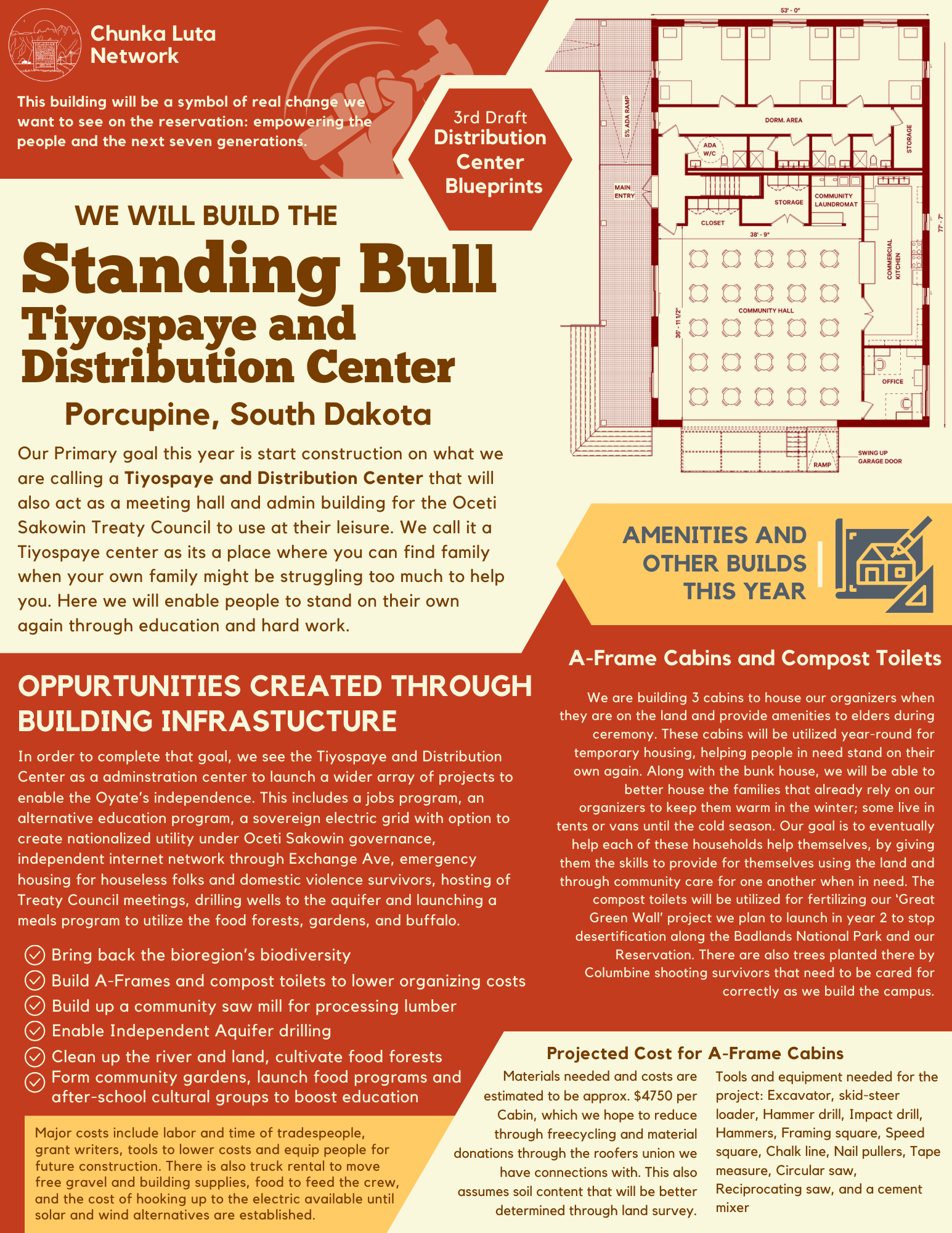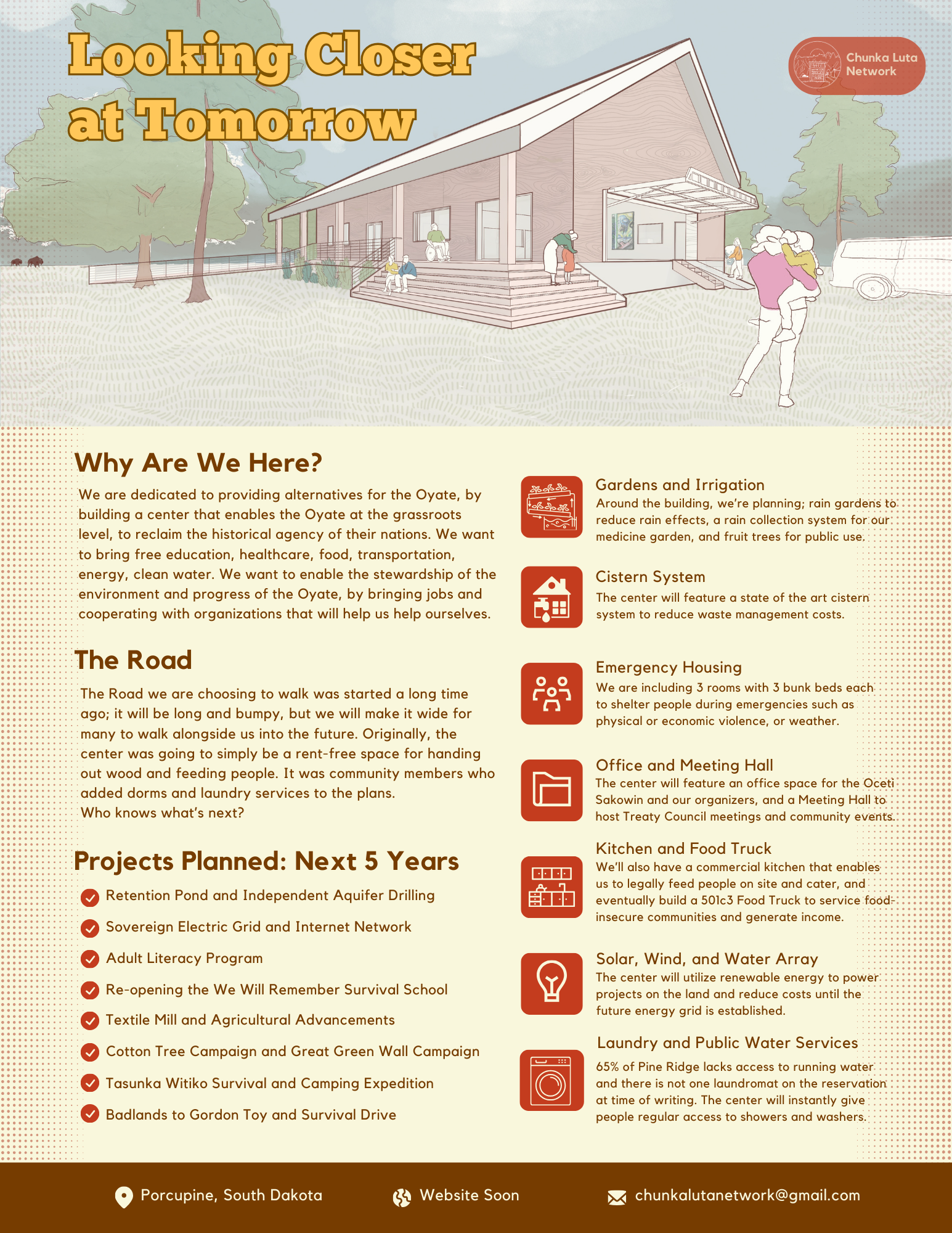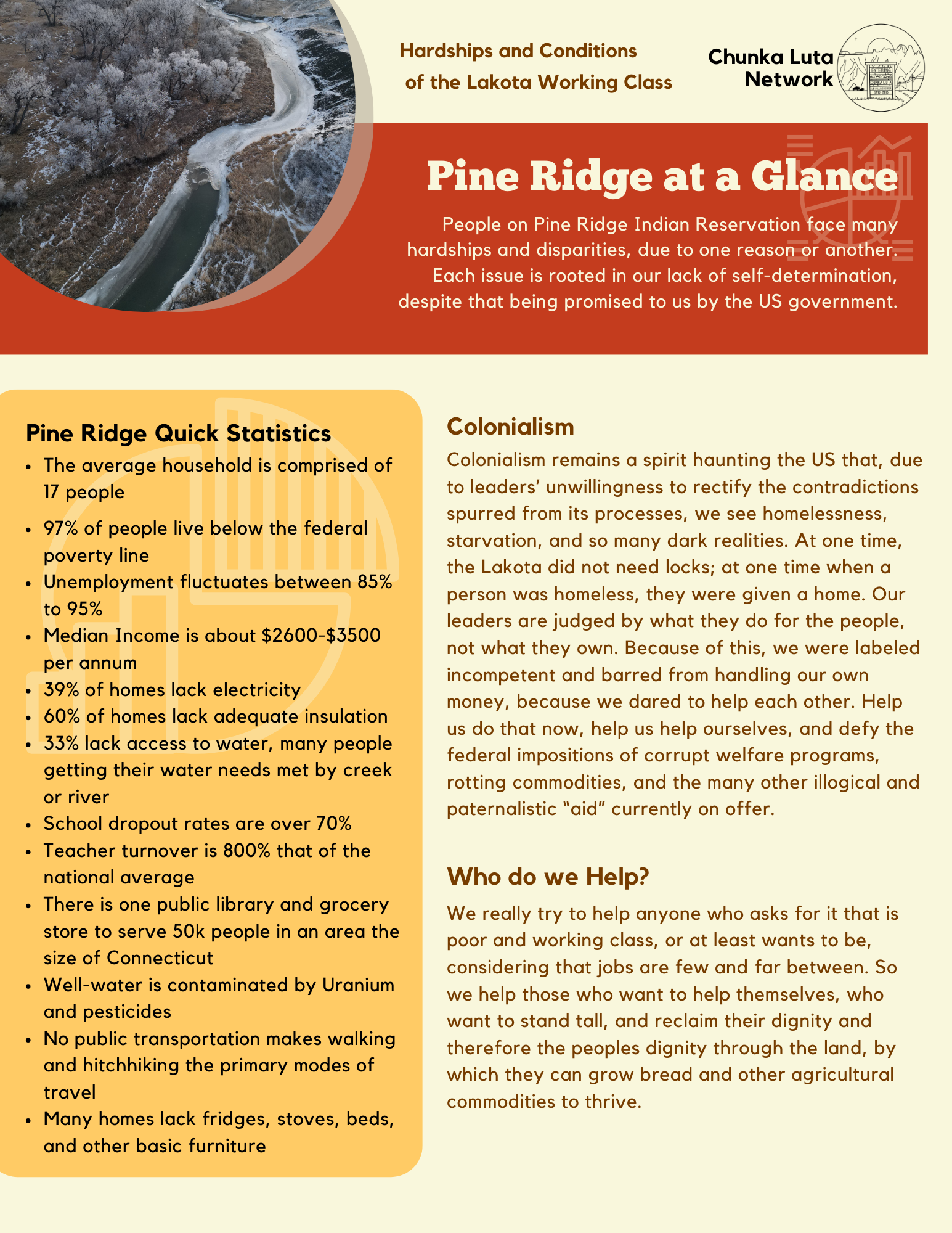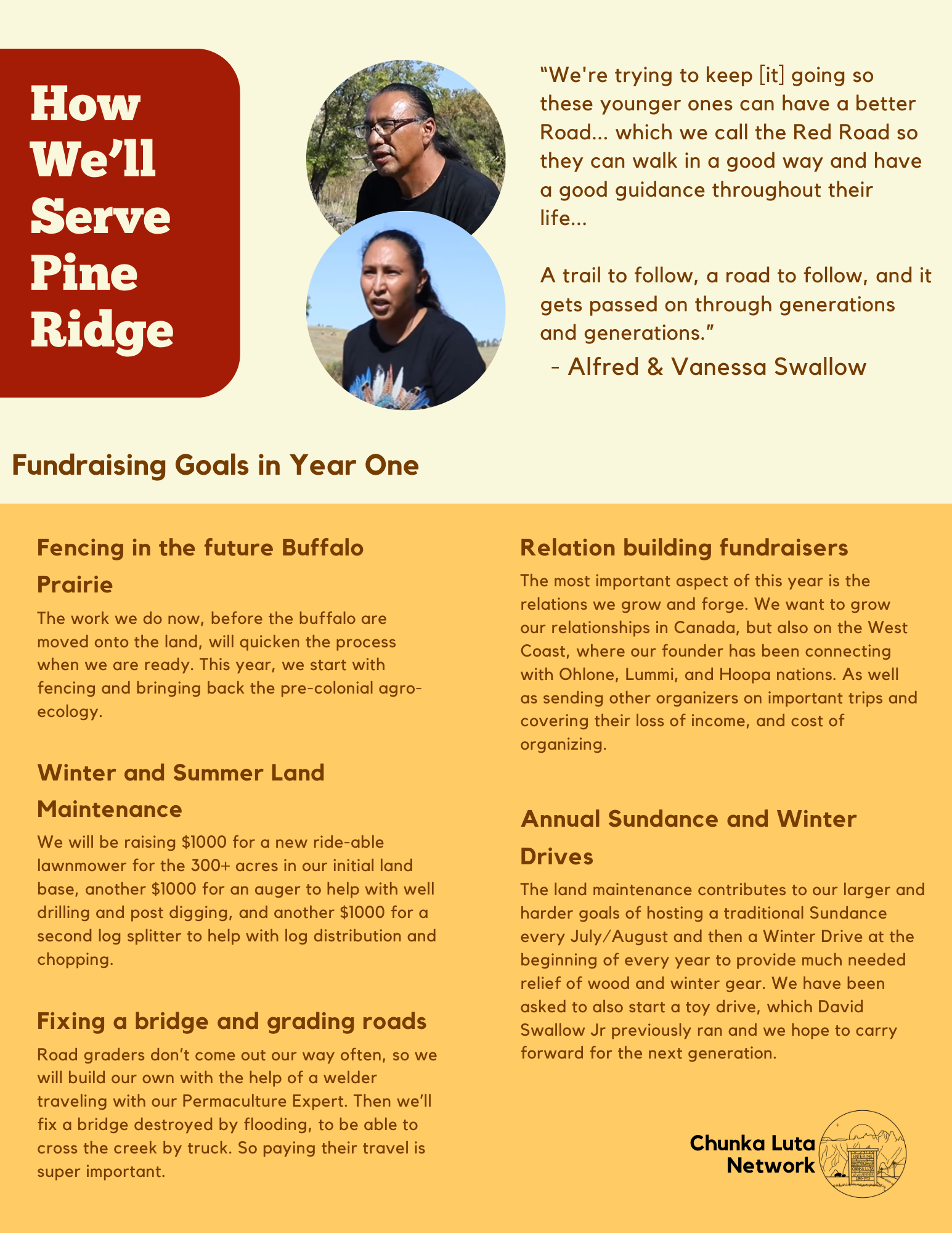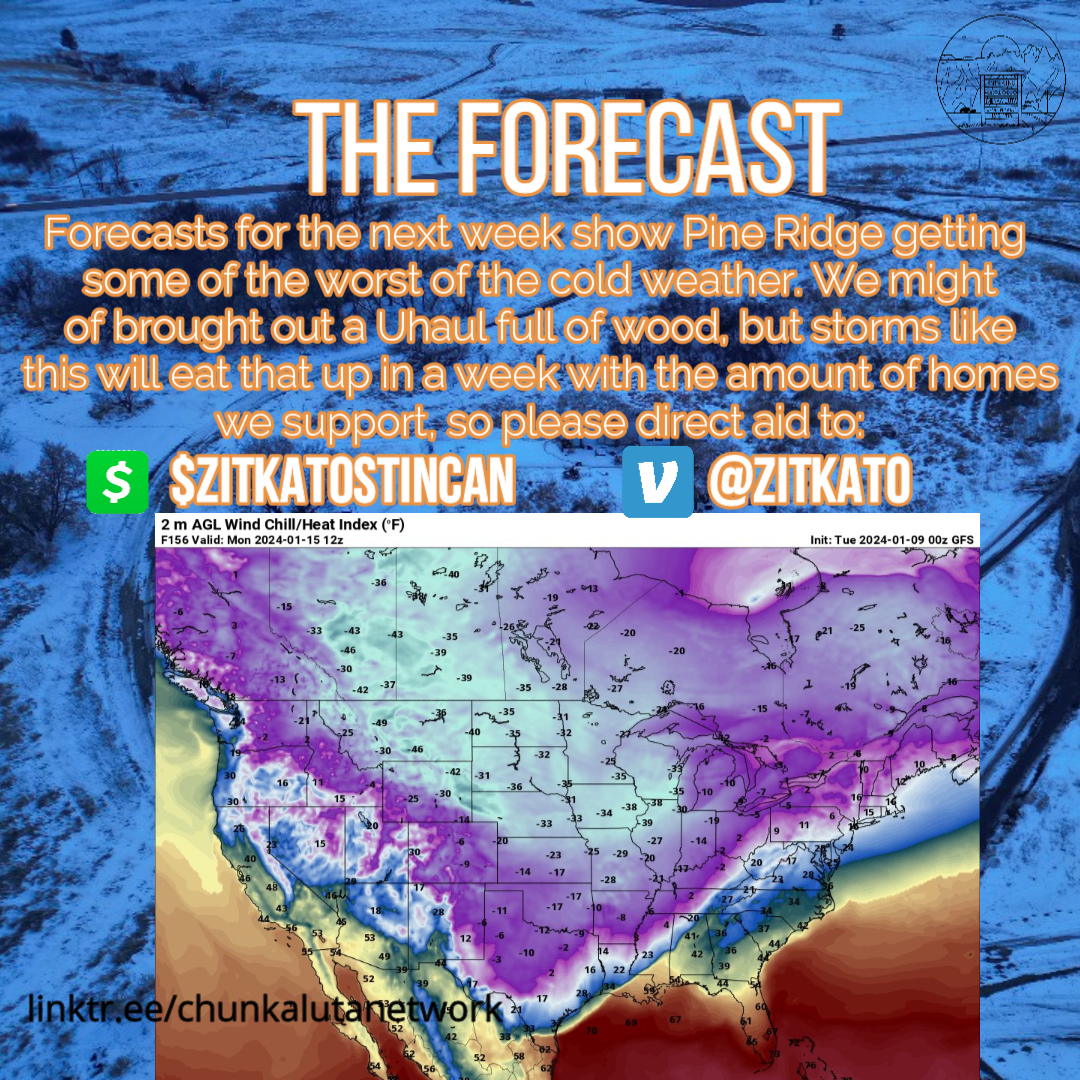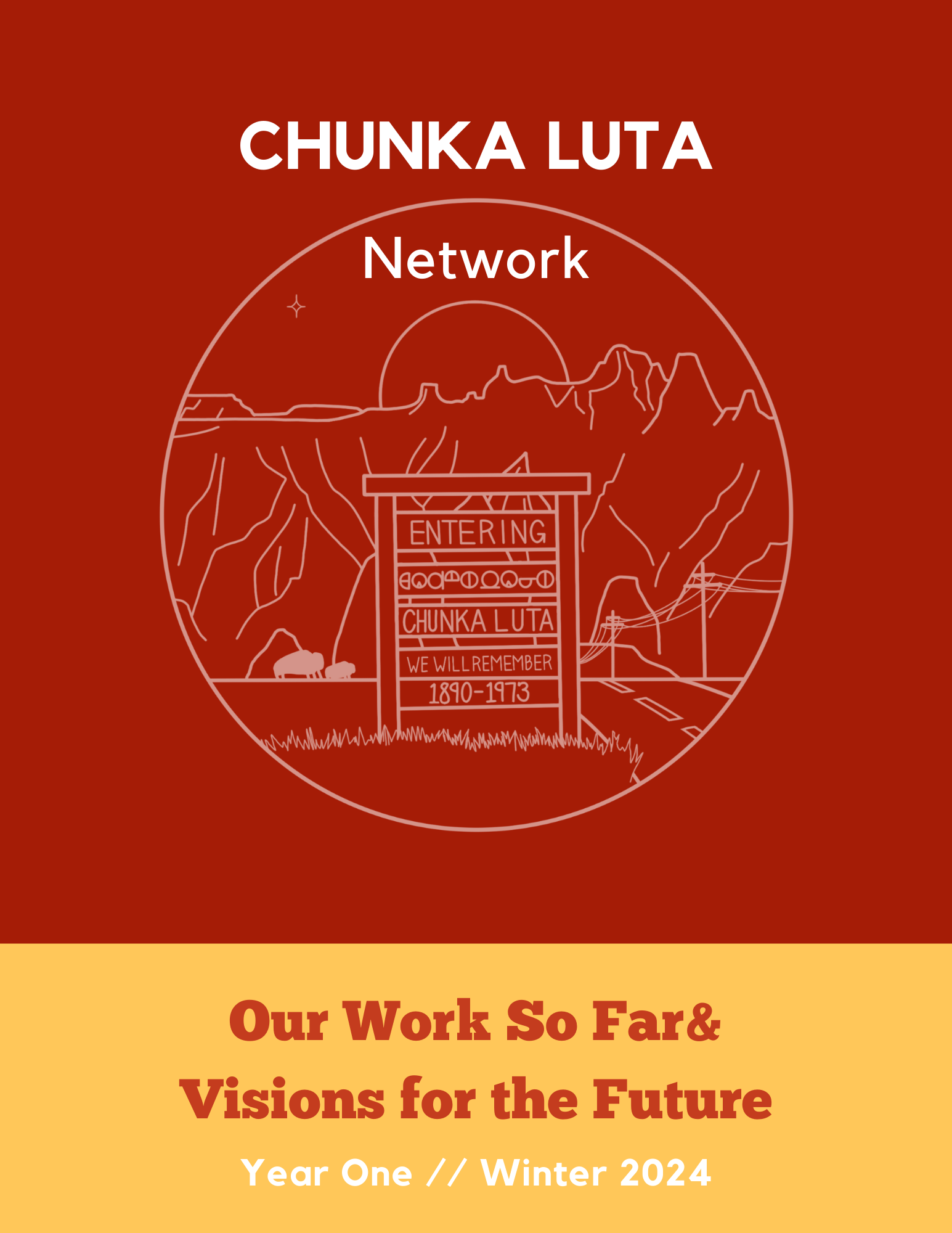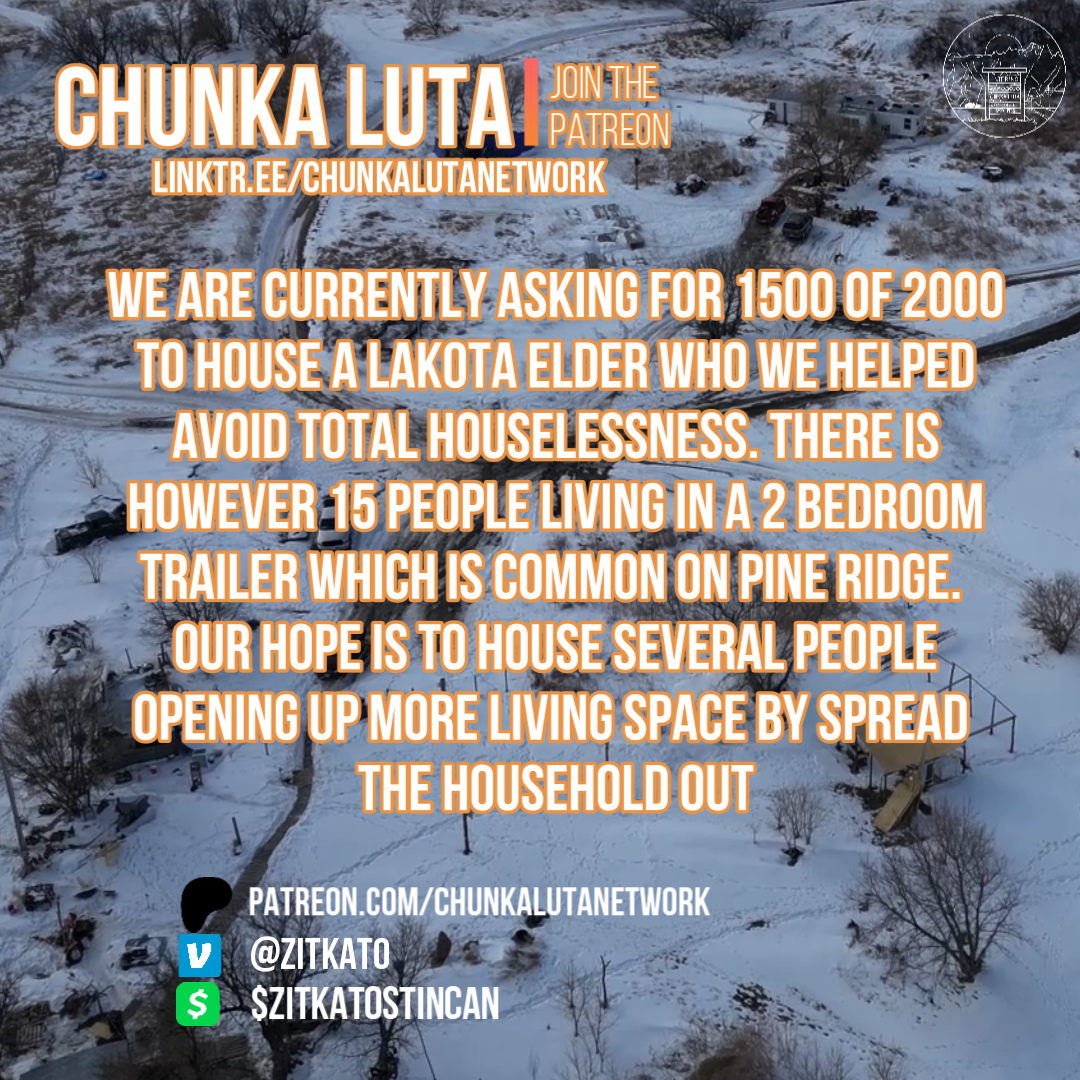Indigenous
695 readers
1 users here now
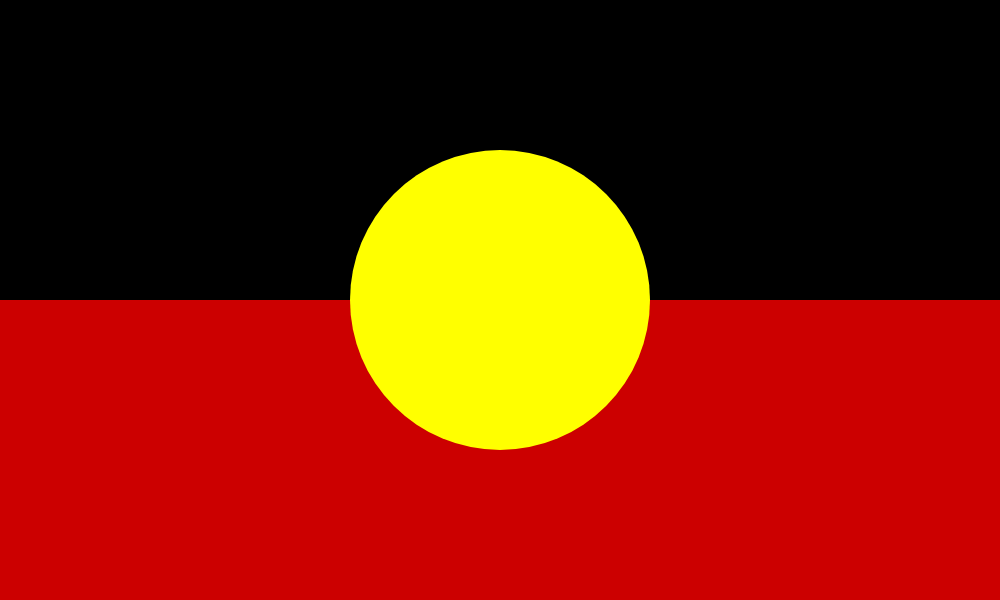
Welcome to c/indigenous, a socialist decolonial community for news and discussion concerning Indigenous peoples.
Please read the Hexbear Code of Conduct and remember...we're all comrades here.
Post memes, art, articles, questions, anything you'd like as long as it's about Indigenous peoples.
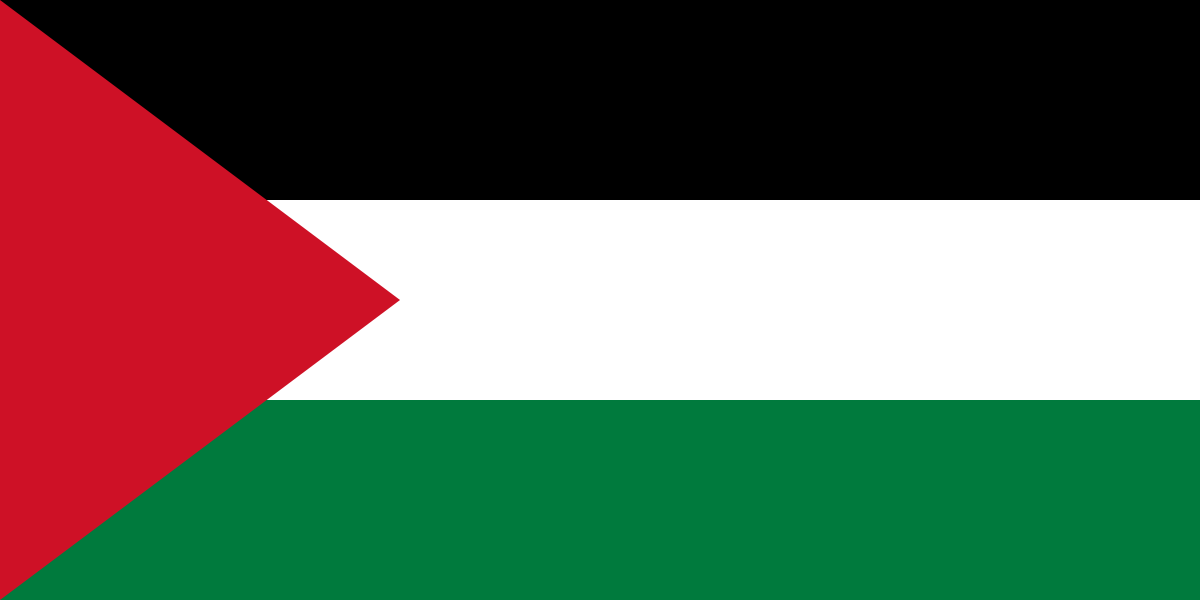
founded 2 years ago
MODERATORS
1
2
3
4
5
0
Palestinians endure another festive season under genocide - Electronic Intifada
(electronicintifada.net)
6
7
0
Alaskan Tribes and Activists Are Ready to Resist Ambler Road, Again - Sierra Club
(www.sierraclub.org)
8
9
10
11
12
13
0
Past failures can’t stop Indonesia from clearing forests, Indigenous lands for farms
(news.mongabay.com)
14
15
16
17
18
19
20
21
22
23
24


